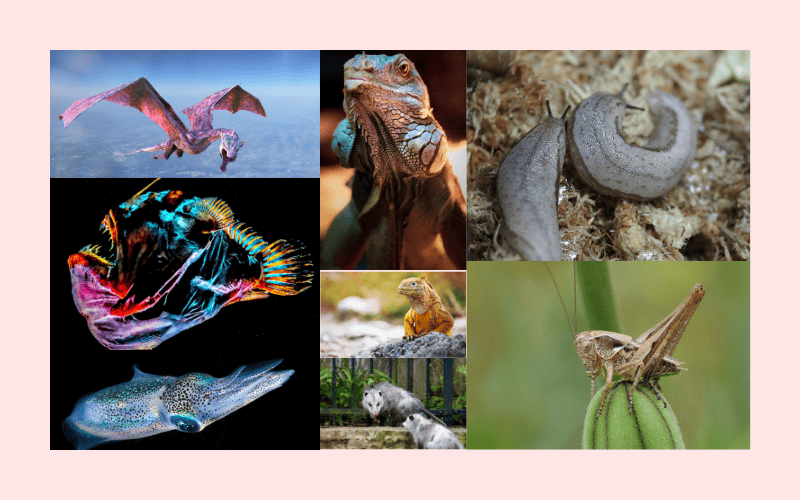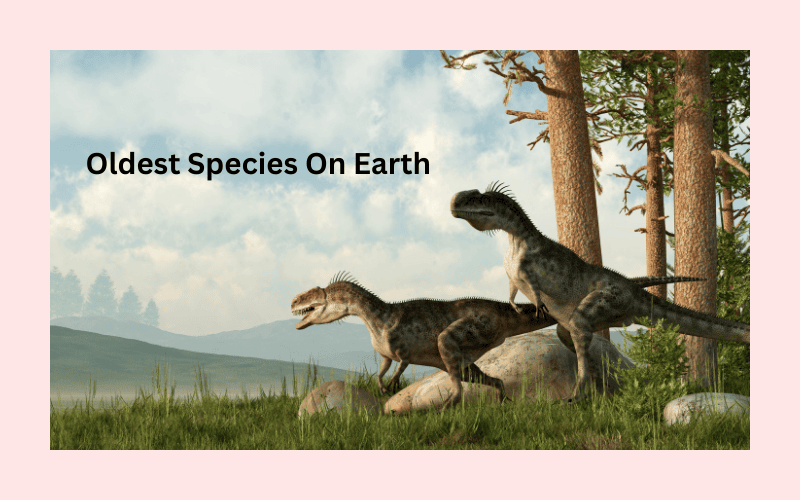The Earth, with its vast and diverse array of life forms, has been home to countless species over billions of years. Among these, some have managed to survive and thrive for millions, even billions, of years, earning them the title of “living fossils.” But what is the oldest species on Earth, and how has it endured for so long?
The Ancient Beginnings: Cyanobacteria
The oldest known life forms on Earth are cyanobacteria, which have been around for an astonishing over three billion years. These microorganisms, often referred to as blue-green algae, are believed to have played a crucial role in shaping our planet’s atmosphere by producing oxygen through photosynthesis. Their ability to thrive in diverse environments, from freshwater lakes to saltwater oceans, has allowed them to persist for billions of years, making them the oldest living species on Earth.
The Evolutionary Timeline
As we move through the evolutionary timeline, we encounter other ancient species that have survived for millions of years. The horseshoe crab, for instance, has remained largely unchanged since the Ordovician period, approximately 445 million years ago. This remarkable creature is often referred to as a “living fossil” due to its ability to adapt to changing environments while retaining its original characteristics.

The Primordial Animals: Ctenophores
Recent studies have shed new light on the origins of animal life, suggesting that ctenophores, or comb jellies, are among the oldest animal species, dating back around 700 million years. These jellyfish-like organisms are believed to have evolved from the same primordial animals as humans, making them a fascinating subject of study for understanding the early evolution of life on Earth.
Other Ancient Species
Other notable ancient species include jellyfish, which have existed in some form for over 500 million years, and nautiluses, with a history dating back around 500 million years. These creatures have managed to survive through geological eras, often with minimal changes to their forms, providing valuable insights into the evolution of life on Earth.
The Secrets to Longevity
So, what allows these species to endure for so long? Several factors contribute to their longevity:
Adaptability: The ability to adapt to changing environments is crucial. Species like the horseshoe crab have evolved mechanisms to survive in diverse conditions.
Simple yet Effective Structures: Many ancient species have simple yet effective body structures that require minimal energy to maintain, allowing them to thrive with minimal evolutionary changes.
Environmental Niche: Occupying a specific ecological niche can protect species from competition and predation, enabling them to persist over time.
Wrapping Up
The oldest species on Earth, such as cyanobacteria and ctenophores, offer us a glimpse into the early history of life on our planet. These ancient organisms have endured for billions of years, providing valuable insights into evolution and adaptation.













